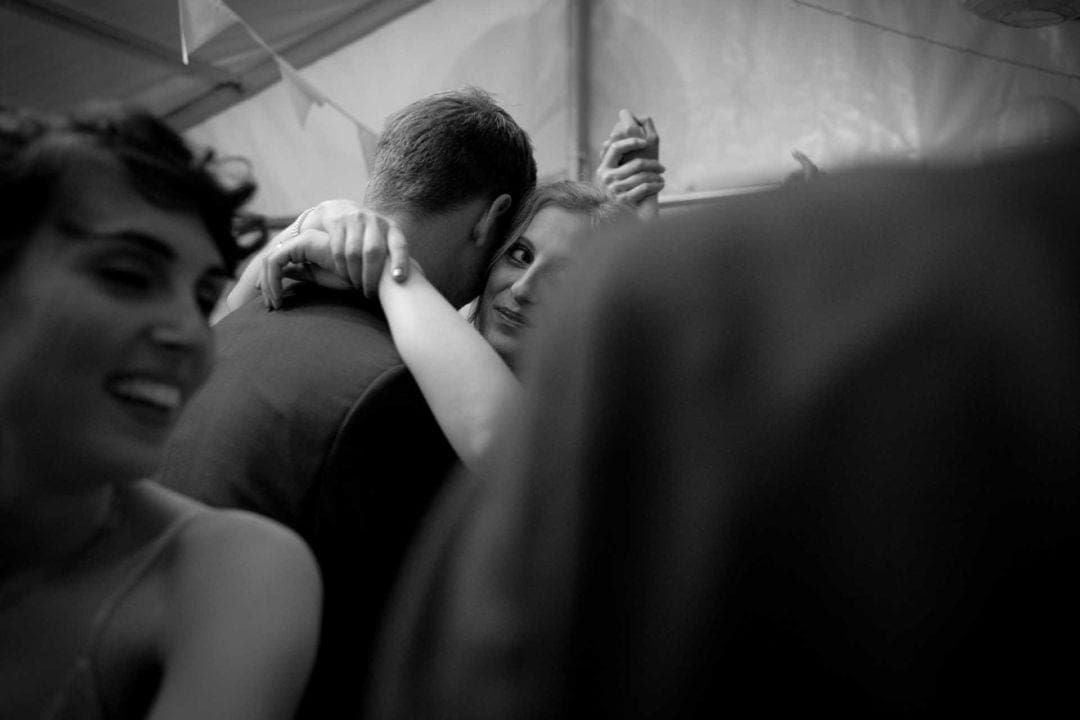I think that most people would agree that the mirrorless camera world for documentary wedding photography is dominated by two brands; Fujifilm and Sony.
I started off with one brand and have recently upped-sticks and moved to the other – here’s why:
Fujifilm X-Series
When I started shooting weddings with mirrorless cameras, I looked at all the options, but Fujifilm island was where I placed my flag (and the contents of my wallet). And for the last 3 years, I have shot every wedding using nothing but Fujifilm X series cameras.
My Fujifilm journey started with the X-T10 (to use beside my Canon 5D III). After a few weddings, I found that I was using the little Fuji more and more. But found it wasn’t quite where I needed it to be in terms of either performance or ergonomics. It was a little bit too small for my hands, so off I went back to the local camera store.
Next stop on the Fujifilm journey was the X-T1. This was the camera that made me realise mirrorless was the future, and that Fujifilm was on the right path to creating something really special. The camera was by no means perfect, but with a few workarounds and plenty of Fujifilm firmware updates, the X-T1 became something that I could mostly rely on at each wedding.
- Camera Jabber Verdict: Fujifilm X-T2 Review
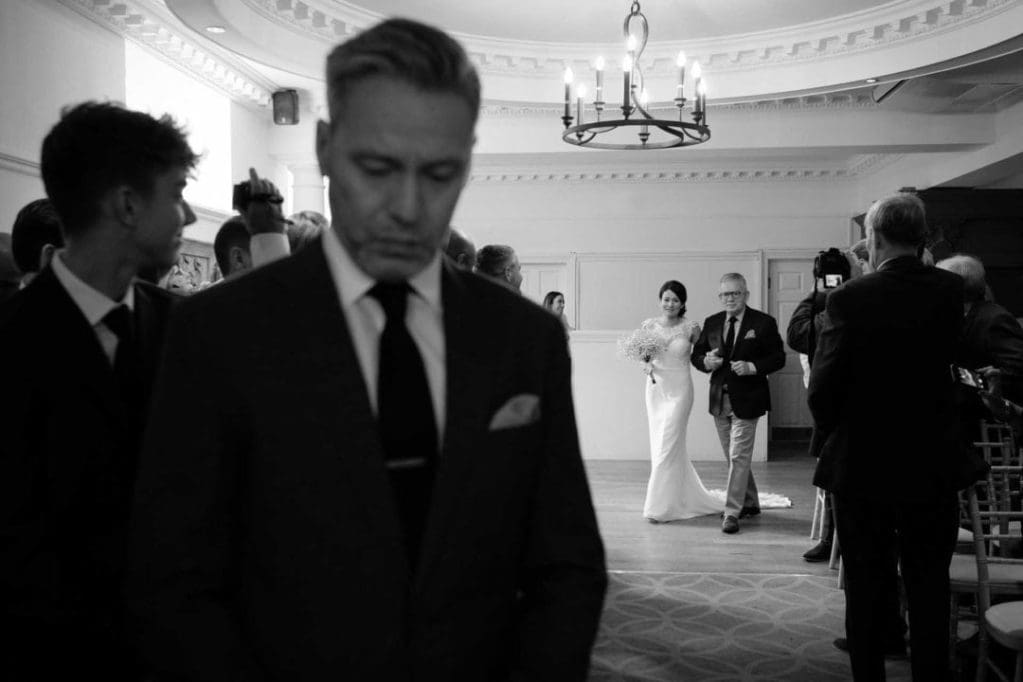
The electronic shutter on the X-T2 allowed me to be close without becoming distracting during key moments. But only in certain light!
Fujifilm X-Pro2
I shot the X-T1 until the X-Pro2 came on the scene in March 2016. This was the camera that pushed Fujifilm more into the mainstream and made more people sit up and take notice of the mirrorless technology.
The X-Pro2 is still my favourite camera to handle, it just feels perfect in the hand, it’s solid, and the shutter sound…….. awesome!
However, I really missed the flip out screen that I had become so use to on the X-T1. I can see why Fujifilm didn’t add the flip screen to the X-Pro2, but it meant that the X-T2 would end up being the camera that I turned too when it was released in September 2016. From then on I used it to shoot every wedding – until the end of 2017.
The last straw
I still wince when I think about a particular wedding in December 2017. The ceremony was late in the day (2pm) and here in the UK the nights draw in around 3-3.30pm in December.
On this particular wedding day, I barely saw any natural light all day. It was a typical public hotel wedding – so quite dark, quite dingy and lacking in character.
The Fujis struggled. I was shooting 1/125sec at f/1.4 with the ISO ranging from 3200 – 8000 so that gives you an idea of the light levels. That’s with my standard set-up of a 23mm f/1.4 on one X-T2 and the 50mm f/2 on the other X-T2 (35mm & 85mm in full-frame terms).
I was missing moments, both X-T2’s were “hunting”. I would shoot something, and when reviewing via the EVF everything looked in focus but on zooming in later on, during some quiet time – BANG! Lots of missed shots, more than usual and some of them were moments that I would have loved to have shown the bride and groom.
Sigh.
Sony Alpha Series
After delivering the images to the bride and groom (who were none the wiser about my troubles), I started to look into other camera options with the main criteria being low light performance and silent shooting.
- Camera Jabber Verdict: Sony A9 Review
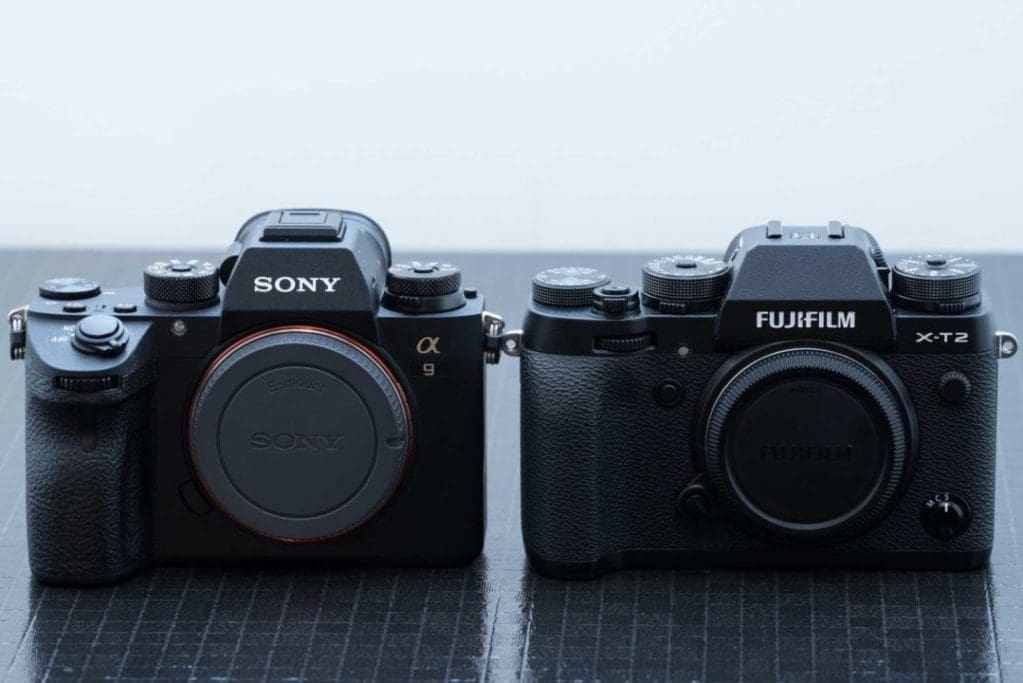
I must have watched hundreds of YouTube videos and read countless reviews until I decided that I would get myself a Sony A7R III and an 85mm lens which I would use alongside my Fujifilm setup.
- Camera Jabber Verdict: Sony A7 III Review
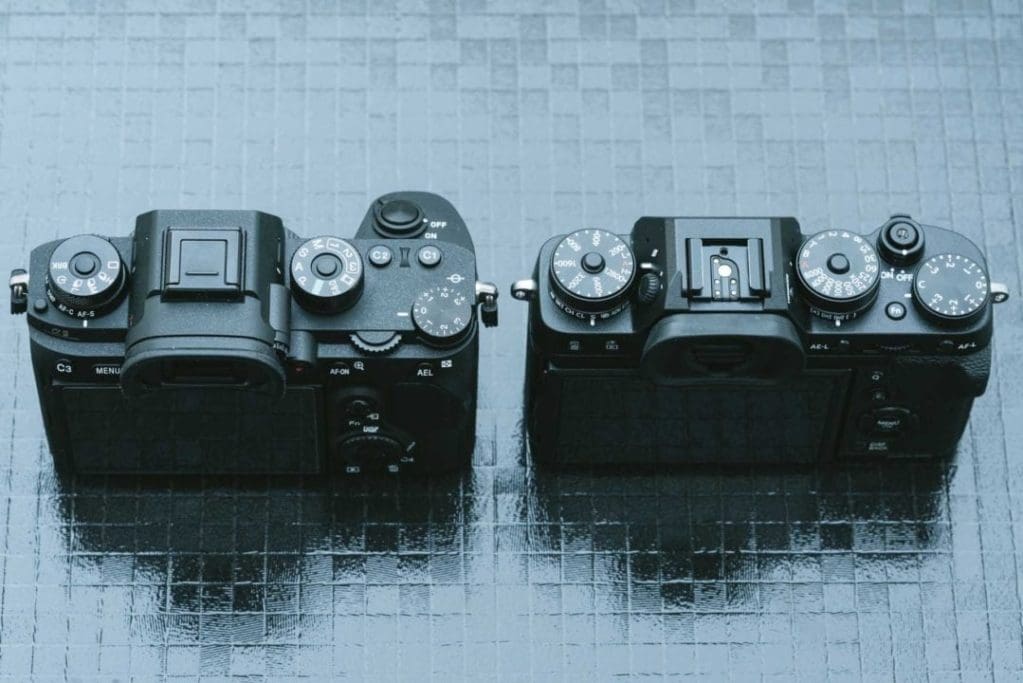
The Sony A9 (same sized camera body as the Sony A7R III) vs the Fujifilm X-T2
The first thing that struck me about the Sony A7R III was how close in size it is to the Fujifilm X-T2. The Sony has a slightly bigger grip due to the ‘Z’ type battery, but other than that – not a great deal in it.
Lightbulb moments
Once I had worked my way through the Sony menu system and got the camera set just so – it was off for a quick walk to have a play and shoot some test images.
It didn’t take long for me to realise that the Sony A7R III was a step up. Actually, it was a giant step up from what I was used too.
I was amazed.
I could not believe how responsive the A7R III was compared to my X-T2’s. The focus acquisition was so fast, almost too fast as I wasn’t sure the camera had actually focused – and all this from a 42mp camera and not even Sony’s fastest camera, the A9.
A week after getting the Sony A7R III I had a headshot shoot booked with a local firm looking to get a refresh of their staff headshots for their website. A perfect chance to try out the Sony A7R III. It comes as no surprise that the camera worked flawlessly on the day using a three light setup and the Lastolite HiLite.
Camera Jabber Verdict: Sony A7R III Review
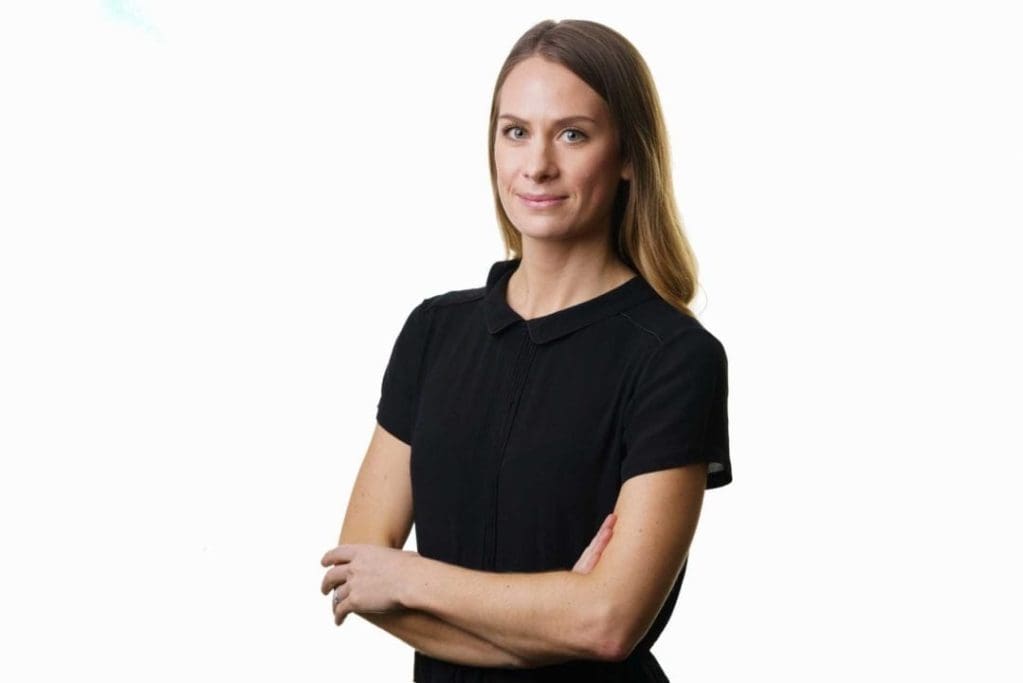
A headshot taken on the A7RIII using ‘Eye AF’ and the FE 85mm F1.8
Buying and Selling – the expensive part
By this point, I was set on selling my Fujifilm gear and moving to Sony. I knew I needed to have a dual camera setup and that I had to buy the Sony gear before I sold my Fujifilm wedding gear – just in case it didn’t go to plan during the first few weddings.
My make-weight was my Fujifilm GFX which I purchased back in the summer of 2017 along with several lenses. This was my personal camera, the one I genuinely loved using and getting results from, the camera where you could zoom in and in and in and the image would still be sharp and crisp. But it was also a lot of money for something that didn’t generate me any money and was not the easiest thing to lug around.
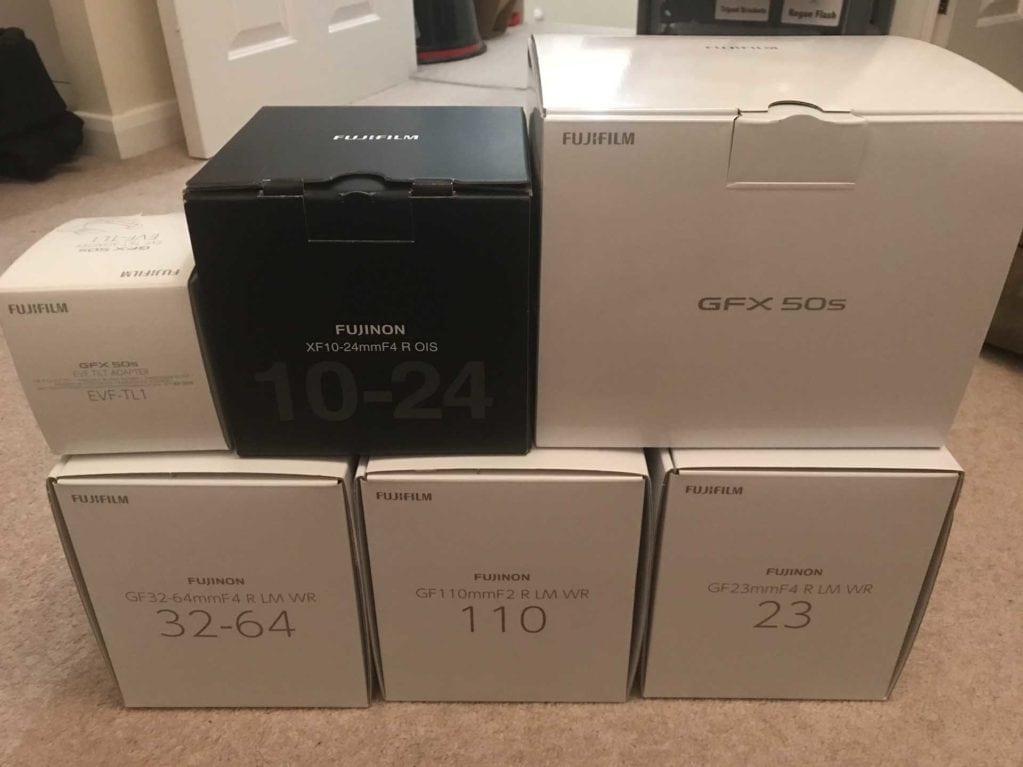
The Fujifilm GFX all packed up ready for the trip to Wex Photo and Video (I also traded in the XF10-24 X-Series lens as I never used it)
The Fujifilm GFX is such a niche product that I knew I was only going to get the money out of it via part exchange, and that’s what I did. I phoned a few places and got trade-in values. I was surprised to see such a difference in values from some of the biggest players in the UK camera retail industry.
In the end, I went with WEX Photo and Video who gave me the best value for my GFX and also had stock of all the camera equipment I needed. The process was done on-site at their Norwich headquarters. I walked away with all the Sony stuff that I needed for my wedding work and little money left in my savings.
Shooting weddings with the Sony A9’s
Yes – Sony A9’s.
I decided that the Sony A9 was a better camera for me for weddings because of the way that I shoot. As a wedding photographer that likes to blend in on a wedding day and shoot candidly, the silent mode (electronic shutter mode) of the A9 is the best in class. Also, in my experience in 99% of mixed and artificial lighting situations, the electronic shutter works with zero issues with colour banding – which was one of the main selling points for me.
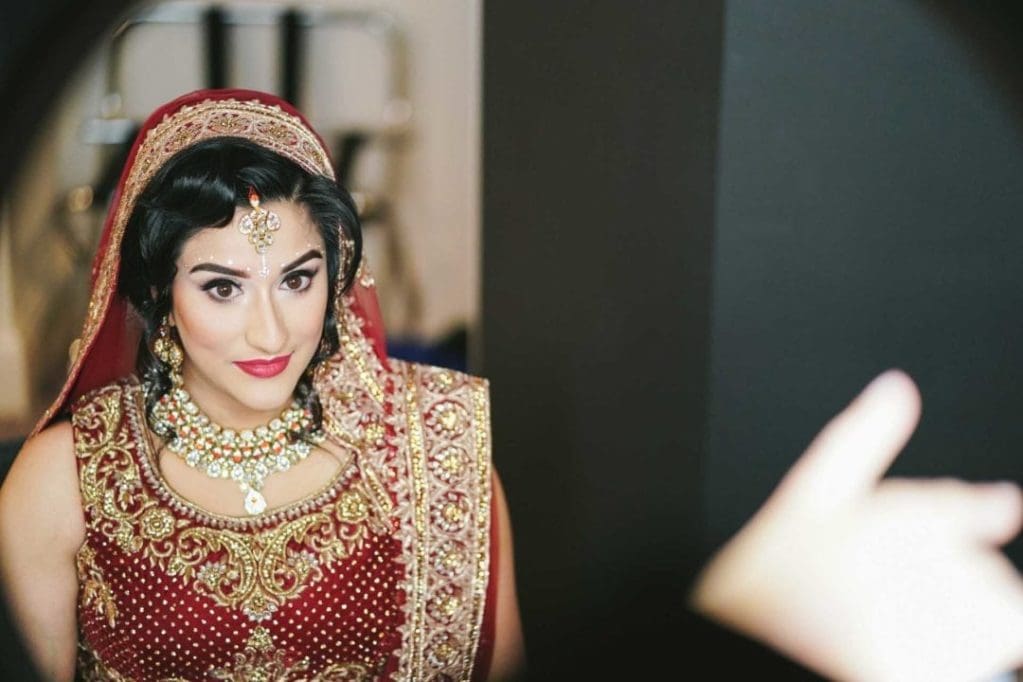
The Sony A9 showing zero banding in ES mode shooting through an LED circular light. A light that the XT2 in ES could not handle.
The A9s haven’t missed a beat in the weddings I have shot since the start of 2018. The Fujifilm XT2’s became the weak link in my wedding work – I had outgrown them in terms of performance and what I was asking them to do. I had changed as a photographer over the last 3 years. Yes, Fujifilm has improved its cameras, but not to the level I now need for the way I shoot.
I’m really surprised by the increase in the number of ‘keepers’ I get from a wedding day. The focus is just so much quicker and the low light performance is something I now no longer worry about. The battery life on the new Sony camera bodies are another big step up from the Fujis; I get around 700-800 images from a single ‘Z’ type battery without needing to turn down the performance of the camera in any way.
Eye AF – No more focus and recompose
One area where the new Sony cameras absolutely blow the competition away is the ‘Eye AF’. Honestly, it’s like cheating. I have assigned ‘Eye AF’ to the ‘AEL’ button on the back of the Sony A9, press and hold and the camera’s AF system will locate and (if in continuous mode) track the eye through the frame.
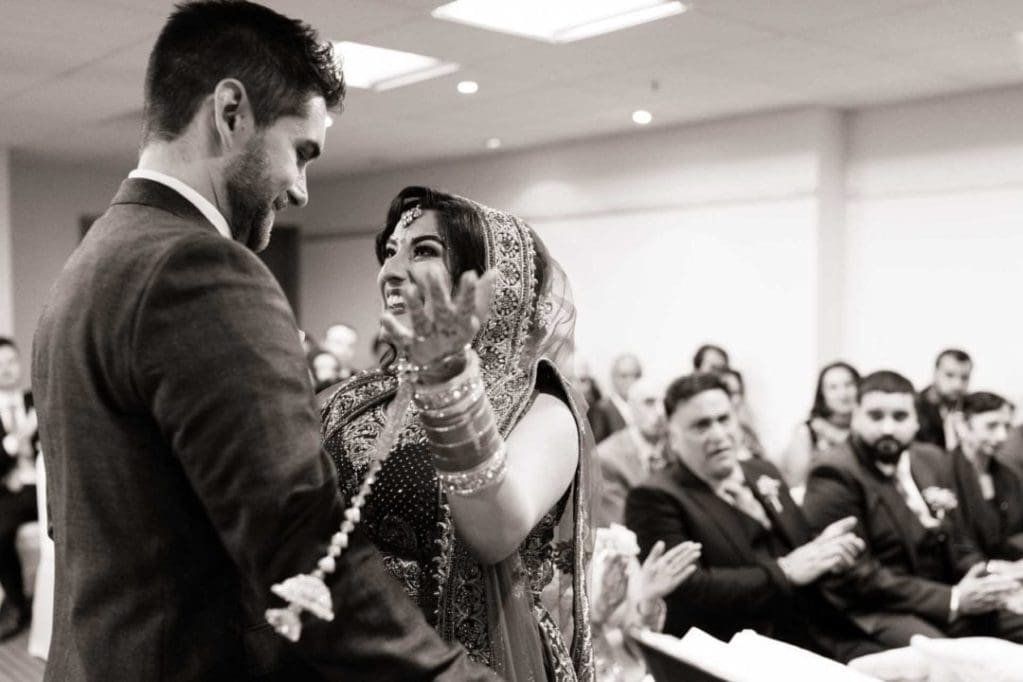
Using ‘Eye AF’ during the ceremony allows me to concentrate on what’s happening and letting the camera do its thing.
Super-fast and accurate AF
Since switching to the Sony A9 I am again shooting with back button focus. This was never really something I could effectively do in the Fujifilm X-T2 because of the lack of the dedicated button or the placement of a customisable button. It just didn’t feel right or work in my hands.
Now with the A9’s dedicated back button focus, the rapid and accurate focus I can now fully trust the camera that it will nail the focus when I need it.
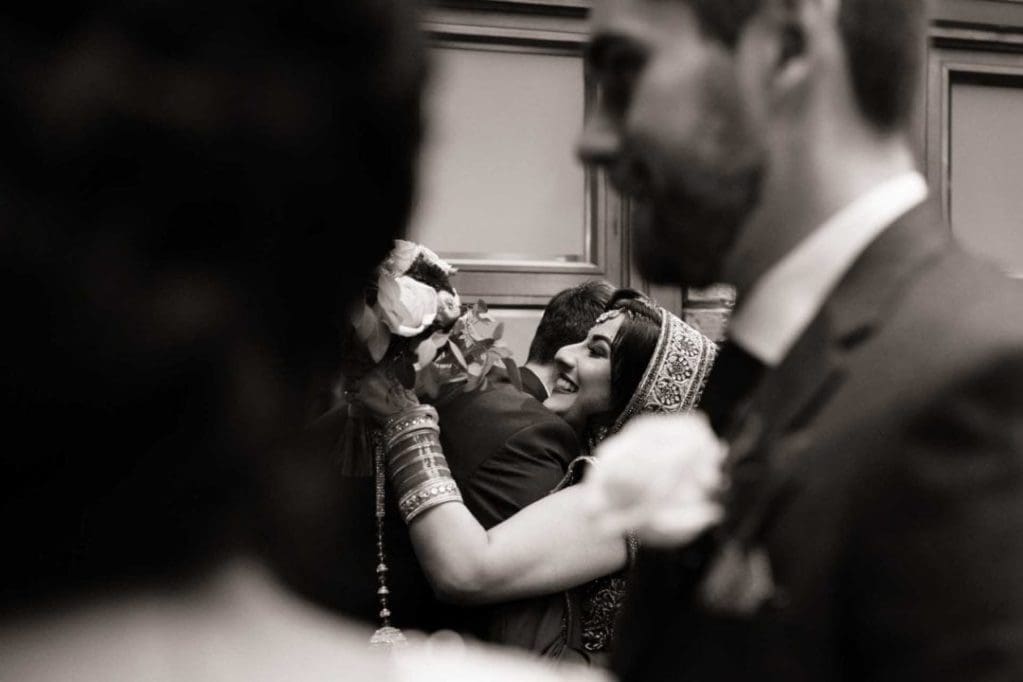
The Sony A9 grabbed focus instantly just before the moment was gone.
Summary
The biggest negatives I have encountered since making the switch has been the size of the lenses and the menu system.
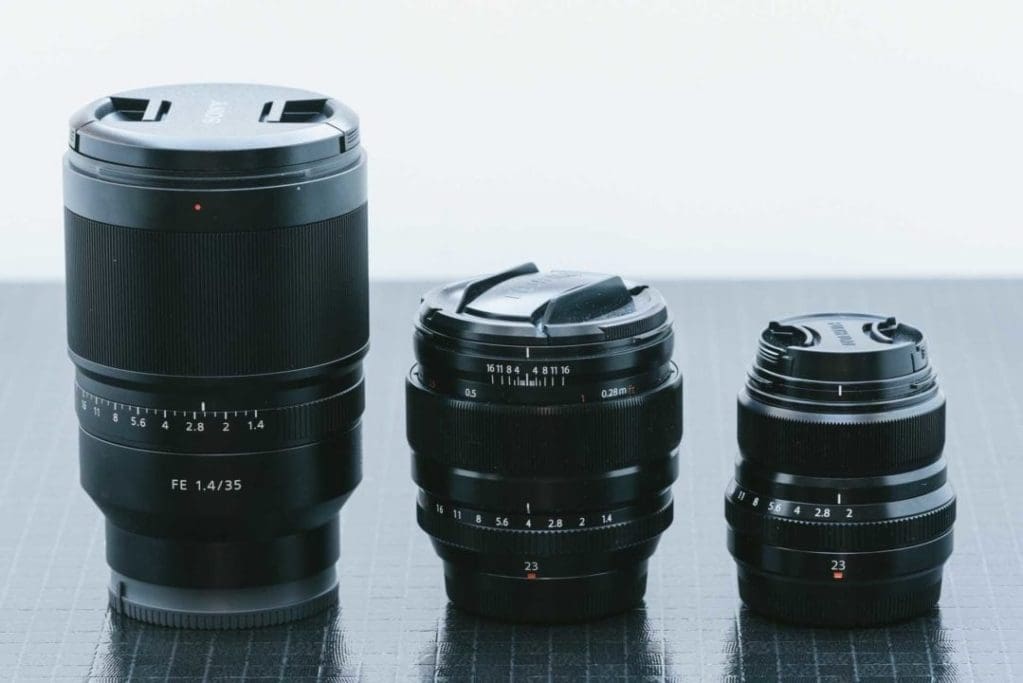
The Sony FE 35mm 1.4 vs. Fujifilm 23mm F1.4 (35mm in FF) and the Fujifilm 23 f2 (35mm in FF)
As you can see above, the Sony lenses are much bigger than the Fuji equivalents, I shoot 90% of my wedding day with a 35mm, 85mm combo. The Sony 35mm f/1.4 is big and shooting with that lens all day has caused handache at a few weddings – not ideal.
The menu system has alos taken some time to get used to. Sony gets a bad rap for its menu system and at first glance, I get the complaints. The number of sub menus and sub-sub menus can mean you spend 10 minutes trying to find a setting you need to turn off.
However, I do get why Sony have added in so many options. The Sony A9 is the most advanced mirrorless camera to date and is full of tech, so the engineers have allowed us the ability to customise the camera to our specific needs. Sony has given as many options as they could to allow us to set the camera just right. And once you have set the camera and assign the quick menu options – you no longer have to venture into the menu system!
Looking Forwards
Those two early gripes are minor compared to the A9’s performance gains. The images it allows me to capture far outweigh the lens size and the menu system. I genuinely believe that the Sony A9 is currently the best full frame camera for wedding photographers. Sony has made massive gains in the last few years and can now compete with the best that the DSLR market has to offer.
I’m looking forward to shooting more weddings with the Sony A9s. I will be back after the summer with an update on how the cameras have handled 30+ weddings, the British summer (heat and rain), the pro-support service, and if the cameras have helped me get the images I was missing with my Fujifilm cameras.
